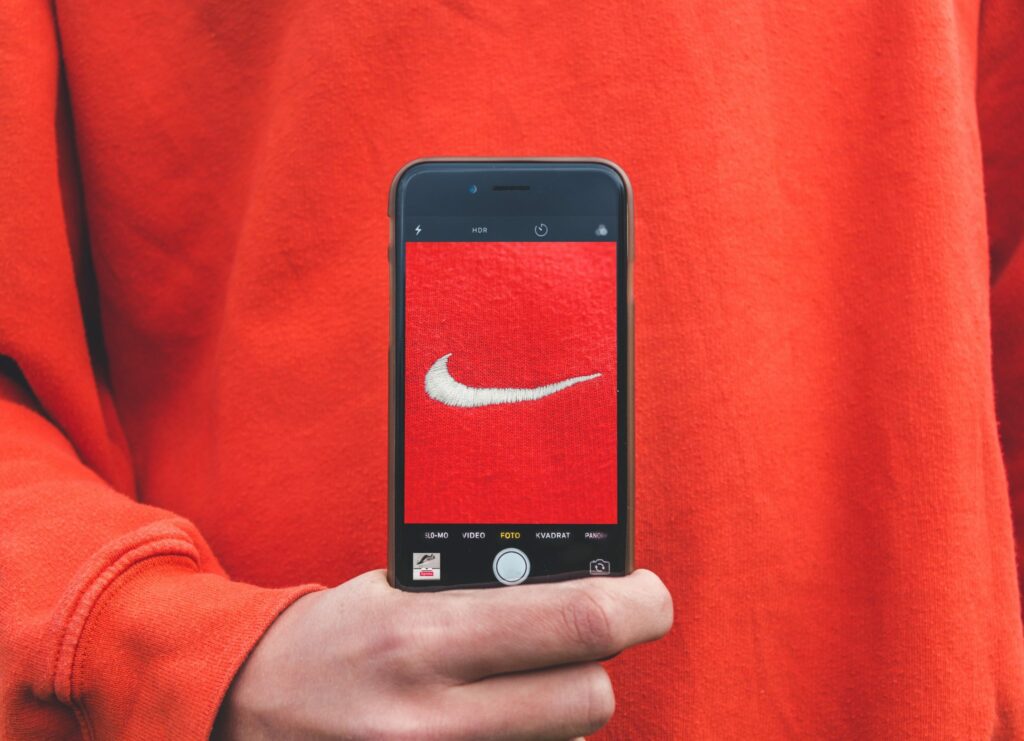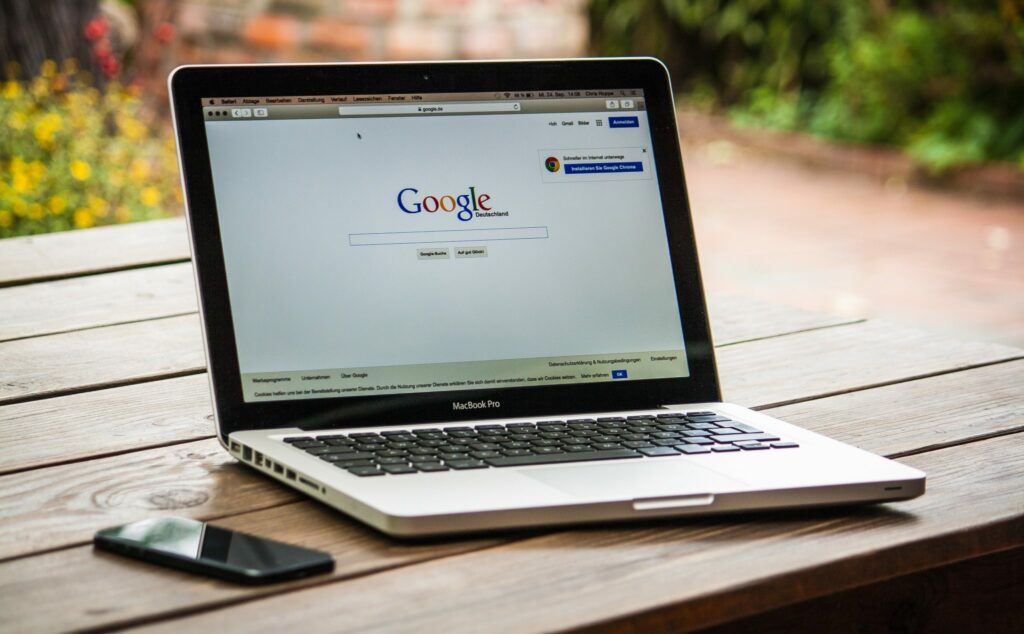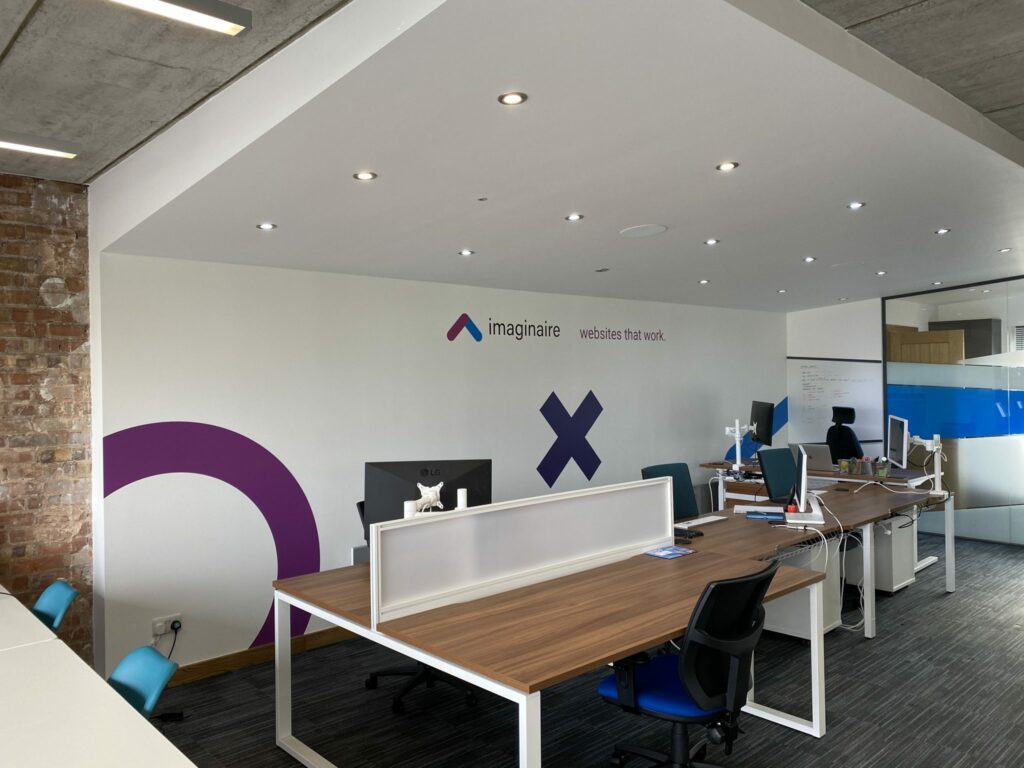Whether your business is primarily B2B or B2C, your target audience is still the same: humans. Yet, so often brands do not factor in the human element, even though doing so helps convey a sense of trust between your product and the end-user.
A recent report by Deloitte Digital stated: “Companies that focus on the human experience are twice as likely to outperform their peers in revenue growth over a three-year period and have 17 times faster store growth than those who do not”.
So how do you go about connecting the two in a way that is meaningful and adds value to your company? Here’s how to humanise your brand to develop consumer relationships
Personalise Your Marketing

When communicating with your customers, you have to remember that you are speaking to real people. Said people each have names and preferences, so factoring in these elements can help to humanise your brand. On a basic level, this starts with auto-filling their names into emails and other marketing. Opening an email that reads ‘Hi Bob’ instead of ‘Dear Sir’ is much more likely to connect.
However, personalisation goes much further than just a name. You have to get into the mindset of any current events or challenges your customers are facing. In response, you need to tailor what you do to offer a solution. If your customers have any particular buying habits, you can also personalise the offers you send them to recognise them as individuals, rather than treating all of your customers the same, which they are not!
This is all part of the technical side to marketing and so being able to evaluate yourself/ the brand is an important part of becoming successful. If you can recognise buying habits and learn to target them through the likes of SEO or even digital PR. This could have a huge benefit to your marketing efforts and help you become a household brand.
Introduce Your Team
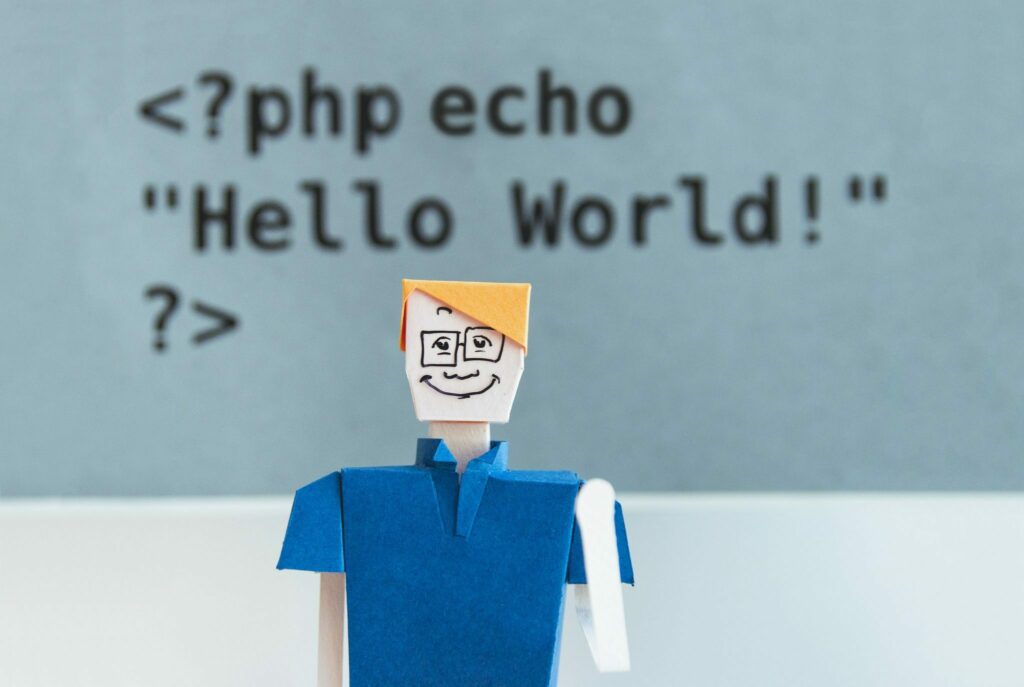
So much of what we do these days is digital, but at the core of any business is the human employees. Each will have different responsibilities that are integral to your company. For example, if your business is a coffee shop then you’ll have team members who are expert baristas. They may have had specialist training or experiences that mean they make the best cup of coffee in town.
Sharing such information through your customer marketing helps to break down that barrier between ‘brand’ and ‘customer’. Instead of them being separate entities, you’re bridging the gap. It’s also a great way to promote your services because you can list specialisms and skills that are of value to your customers. It all boils down to putting a face to the name, which for a brand is imperative. As a side note, this includes any office pets you may have too!
User-Generated Content
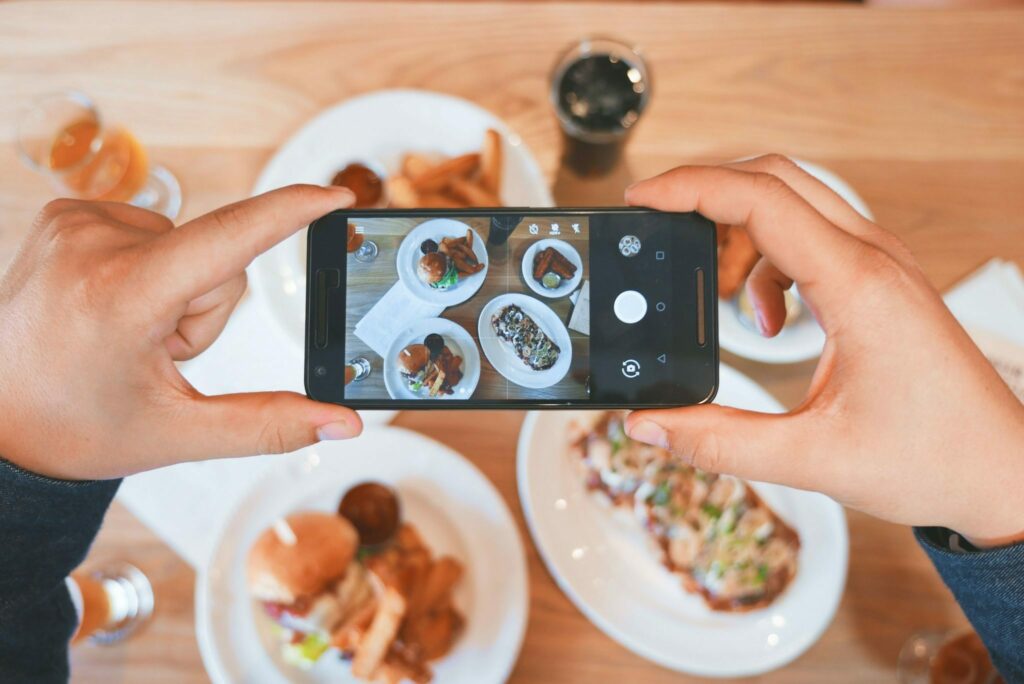
Do your customers post reviews of your website, or tag themselves in at your location having a great time? User-generated content is anything created by customers directly related to the service you provide or the experience they’ve had with you. Using such content within your marketing (recommendations on your website, retweeting etc) helps to build loyalty with your customers. It adds an extra layer of interaction that is considered more valuable than a brand simply tooting their own horn because it’s seen as a more honest opinion.
So, if you notice you have lots of positive customer interactions – use these to your advantage. Find any common threads that relate to what your customers are looking for. For example, current pain points that leave them frustrated. If your company can make things easier and offer that convenience, then on a human level it’s seen as being helpful. Show your customers that you care about what you do, by sharing existing reviews that back this up.
Tap Into Human Emotions
Humans aren’t robots. They have thoughts, feelings and expressions so your brand should be mindful of this. McDonald’s is a brand who does this well. On the surface, they sell burgers and fries. But what they aim to communicate to their customers is that they are a place for families. They add that human element into their marketing so people make that connection between their food and ‘happy times’ for the kids. Whatever you think of fast food as a whole, there’s no denying the industry has some of the most impactful advertising campaigns out there. The reason for that is because they humanise their brand.
Another example would be how brands use humorous content on social media. It could be a gif that has nothing to do with the brand directly. However, the aim is to generate some form of emotional response with customers. Doing so helps the brand get on their level because they share some common ground by finding a post funny or whatever the emotion may be. The underlying message is that brands want you to respond to that content like a human.
It also helps if you can start to identify the different types of consumers that you’ll have. Once you’re able to outline your customer types, you can adjust your marketing strategy accordingly so that you’re not wasting your time and money trying to cover everyone all of the time. Having a number of campaigns to target smaller groups will always be more effective than trying to promote the ‘blanket effect’.

Find Out More
Want to ensure your brand connects with your customers on a human level? Here at Imaginaire, we provide a range of digital marketing services to help your business get more leads. We’re a specialist SEO studio in Dubai but we cover all surrounding areas too and offer a whole range of digital marketing strategies!
Give us a call on 0115 971 8908 for more information.
